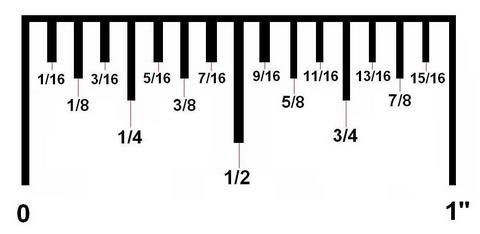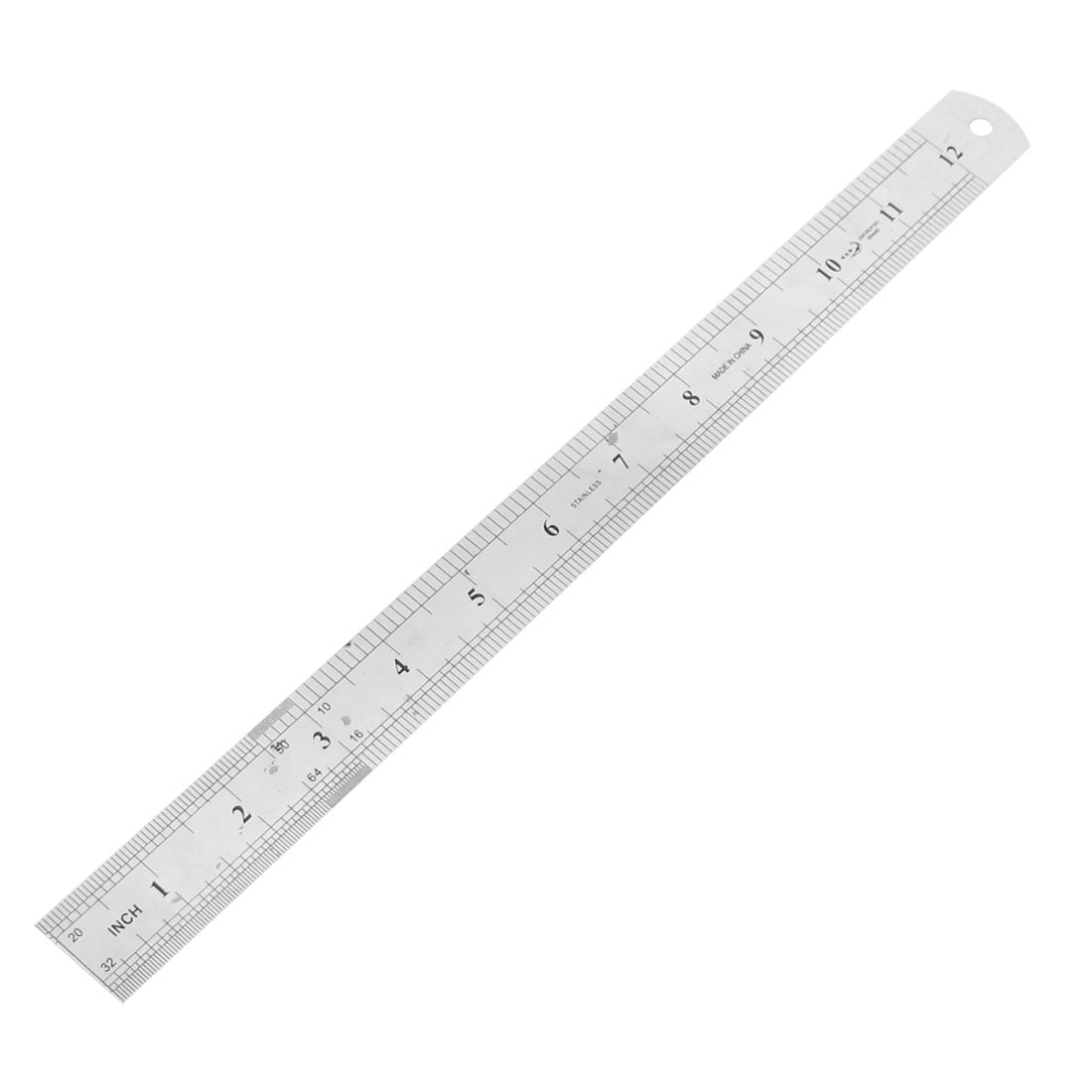

This wooden one from Arrow Mountain is an alternative version that has a rectangular shape, metric and imperial measurements, and two different versions for left and right handed users. I recommend getting a metal or wood one so you can safely use it around your iron. Which measuring gauge do you recommend? This Dritz one is a popular one made from metal. It’s really handy for quickly measuring seam allowances and marking the placement of hems, buttons, and stitching lines. The most common version has 14 measurements in one tool, ranging from ⅛” to 2”. It’s essentially shaped like a rectangle with other rectangular shaped branches coming out of it, with each of the straight sides measuring the marked amounts. What is it? And what’s it used for? A measuring gauge is a metal, wooden, or plastic tool with a unique shape that allows you to easily reference common measurements like ⅜” (1 cm) or ⅝” (1.6 cm). This version from Goldstar comes in 4 different lengths from 12” to 24”. It’s flexible and it keeps its shape until you change or straighten it. Which flexible ruler do you recommend? This 20” / 50 cm flexible ruler from Prym has metric measurements on one side and imperial measurements on the other. It’s also commonly used to record your crotch length and shape when patternmaking. You can also use it to see if different curves on your pattern match up with each other, like the length of a neckline and collar that should fit together. It’s great for measuring curved areas, as it will easily conform to their shape and retain the bends you put in. What is it? And what’s it used for? A flexible ruler is a measuring tool that’s normally made from pliable plastic that can be bent and shaped over and over. Using a stretched out measuring tape will give you inaccurate measurements, causing a lot of potential heartbreak at the end of your sewing project! Tip: Tape measures can stretch out with use, so measure your tape measure with a hard ruler a few times a year. It comes in metric only or metric / imperial combination versions. It’s durable, it doesn’t stretch out or rub out easily, and the retractable mechanism makes life so much easier.

Which tape measure do you recommend? I’ve owned a few tape measures over the years, but my favorite one by far is my current Hoechstmass Rollfix. There are also retractable ones where you push a button and the tape gets neatly rolled up inside a plastic casing.

The standard versions you’ll find are 150 cm / 60” long, but there are also extra-long models that go up to 240 cm / 96”. It’s great for taking measurements of your body, as well as measuring curved areas on your pattern, sewing project, or completed garment. What is it? And what’s it used for? A tape measure is a flexible, usually plastic or vinyl tape that has metric and / or imperial markings on both sides of it. If you want to explore pattern making, you’ll need a pattern master or fashion ruler too. If you want to quilt, you’ll also need a 6″ x 24″ quilting ruler and cutting mat that’s at least 21″ big. If you’re new to sewing, the only measuring tools you need are a flexible 60″ (150cm) tape measure, a 6″ seam/sewing gauge, and a 12″ (30cm) straight ruler that’s ideally clear. So you’ll need the right tools for the job. In sewing, we do a lot of measuring! Measuring bodies, pattern pieces, fabric, and more.


 0 kommentar(er)
0 kommentar(er)
